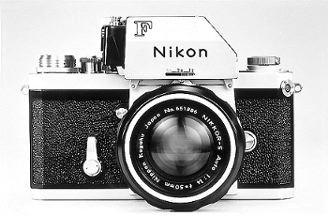Ancient Near Eastern Parallels to the Bible
I am reading a book[1] by a Professor of OT at Gordon-Conwell which I picked up yesterday at the library. This post is not a review or a critique of that book. I have had an active interest in ANE Parallels to the Bible for a long time.
While reading about the Egyptian connection to OT theology I started thinking about how parallels are identified in ancient primary sources. How many OT Professor's read ancient Egyptian texts directly? Hebrew, Aramaic yes and perhaps a little dabbling in Ugaritic but Pyramid texts? That is an esoteric field within an esoteric field which makes it exponentially esoteric.
So this is what actually happens; some Egyptologist spends a lifetime deciphering some collection of texts and publishes them in a modern language. The OT professor reads the standard editions, perhaps more than one but all in a modern language. A hundred years ago you could assume that the any Egyptologyist from Europe would have been very thoroughly familiar with the contents of the bible. So what we have here is a translator who's mind is saturated with the bible trying to make sense out of some very difficult material. The cultural framework of the translator always interferes with the translation.
When I was looking over some of the alleged Egyptian Parallels to the Bible, some of it seemed too good to be true. If the translator is predisposed to look for biblical parallels then they will be found. Otherwise, if the translator has expressions from the bible as active idioms in his native language then they may be used without regard to biblical parallels.
The OT professor is not going to be able or willing to check the translation. If there are several translations done by scholars working within radically different frameworks then perhaps there is a little safety in numbers. But not much.
[1]Niehaus, Jeffrey J., Ancient Near Eastern Themes in Biblical Theology, Kregal 2008
While reading about the Egyptian connection to OT theology I started thinking about how parallels are identified in ancient primary sources. How many OT Professor's read ancient Egyptian texts directly? Hebrew, Aramaic yes and perhaps a little dabbling in Ugaritic but Pyramid texts? That is an esoteric field within an esoteric field which makes it exponentially esoteric.
So this is what actually happens; some Egyptologist spends a lifetime deciphering some collection of texts and publishes them in a modern language. The OT professor reads the standard editions, perhaps more than one but all in a modern language. A hundred years ago you could assume that the any Egyptologyist from Europe would have been very thoroughly familiar with the contents of the bible. So what we have here is a translator who's mind is saturated with the bible trying to make sense out of some very difficult material. The cultural framework of the translator always interferes with the translation.
When I was looking over some of the alleged Egyptian Parallels to the Bible, some of it seemed too good to be true. If the translator is predisposed to look for biblical parallels then they will be found. Otherwise, if the translator has expressions from the bible as active idioms in his native language then they may be used without regard to biblical parallels.
The OT professor is not going to be able or willing to check the translation. If there are several translations done by scholars working within radically different frameworks then perhaps there is a little safety in numbers. But not much.
[1]Niehaus, Jeffrey J., Ancient Near Eastern Themes in Biblical Theology, Kregal 2008


0 Comments:
Post a Comment
Subscribe to Post Comments [Atom]
<< Home